First Task: Discern Your Personal Vocation and Find Out What God Wants You to Be
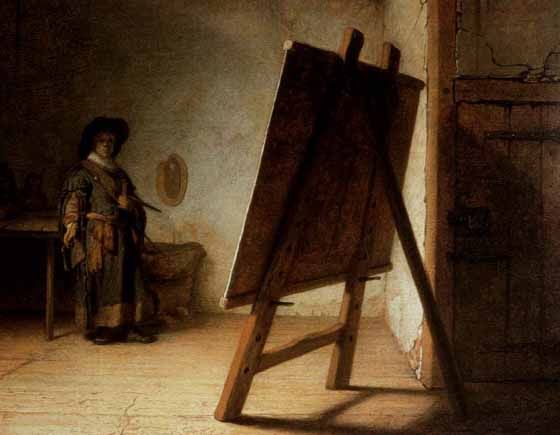
People regularly ask me how they can become an artist who serves the Church. One obvious answer to this is that they should get the right training so that they can pick up the necessary skills. The Master of Sacred Arts program which I designed for Pontifex University can be part of such a training.
However, in my experience, this is only part of what is necessary. It assumes that we already know we are making the right choice in choosing what we want to do. That isn’t always the case.
In fact, it was more important for me to discern first what God wants me to do. I had to discover first my personal vocation – my unique calling in life. And then I needed guidance on how to follow that calling. The personal vocation is the homing signal from the lighthouse of heaven, that will guide me home and will do so provided that I know how to handle the tiller and follow the guidance.
I did not decide to become an artist until I was in my late twenties. That I have been able to do so is due to inspired guidance, in both discerning and following my vocation, that I received from someone I met, quite by chance, in 1988.
His name was David Birtwistle, and I met him when I was 26 years old. I always used to describe him as an elderly gentleman – he seemed old to me at the time – but I tend not to do so nowadays given that he was about the same age then as I am now, and I don’t think of myself as old!
One day, David and I were having coffee at the Picasso restaurant on the Kings Road in Chelsea, London. He asked me if I was happy in my work. I told him that I could be happier, but I wasn’t sure what else to do. He said that he knew a way to discern my vocation and offered to help me find a fulfilling role in life.
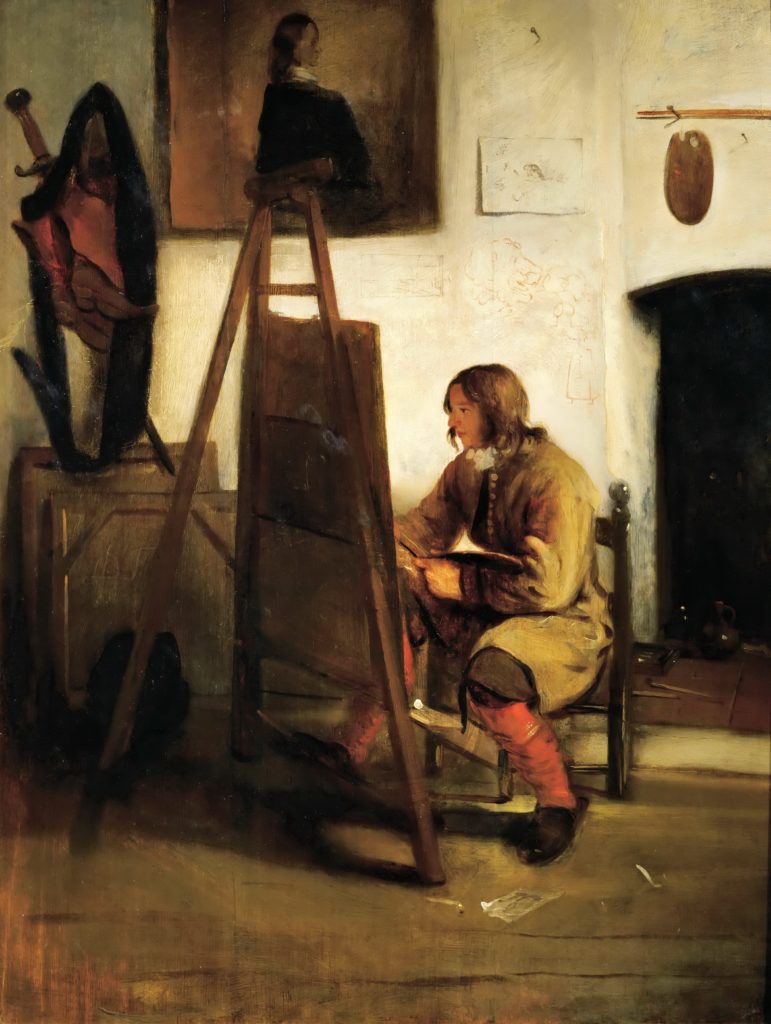
I was a little hesitant, but he encouraged me to begin the process – which I call the Vision for You process – by offering me an updated version of Pascale’s wager. I had to begin with a daily routine of prayer, meditation, and good works, and he said to me: Try this routine for 30 days and if you don’t like them we’ll return your misery with interest!
The first part of the spiritual exercises that he gave me were designed to establish a connection with God – I was not a practising Christian when I first met him – and to develop a spiritual life that would continually maintain and deepen that connection. When he was happy that this was in place we met in his apartment to discuss the discernment of my personal vocation.
David asked me a simple question: If you inherited so much money that you never again had to work, what activity would you choose to do, nine to five, five days a week? One thing he said he was certain about was that God wanted me to be happy. Provided that what I wanted to do wasn’t inherently bad then there was every reason to suppose that my answer to this question was what God wanted me to strive to do. And by following this choice, doors would open in front of me taking me to where I was meant to be.
While I thought this over, he made a couple of points. First, he was not asking me what job I wanted to do, or what career I wanted to follow. Even if no one else is in the world is employed to do what you choose, he said, if it is what God wants for you there will be way that you will be able to support yourself. He told me to put all worries about how I would achieve this out of my mind for the moment. Such doubts might stop me from having the courage to articulate my true goal for fear of failure. Remember, he said, that if God’s wants you to be Prime Minister, it requires less than the ‘flick of His little finger’ to make it happen. If I wanted to do more than one thing, he said I should just list them all, prioritise them and then aim first for the activity at the top of the list.
I was able to answer his question easily. I wanted to be an artist.
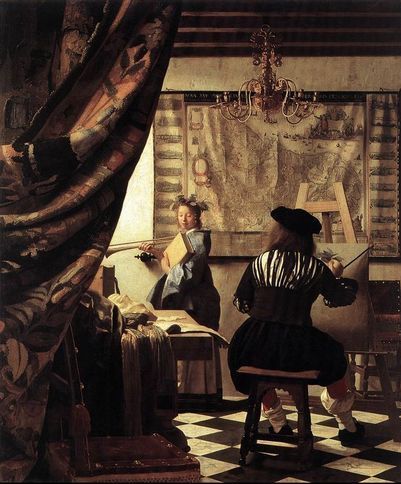
As soon as I said it, I partly regretted it because the doubts that David warned me about came flooding in. Wasn’t I just setting myself up for a fall? I had already been to university and studied science to post-graduate level. How was I ever going to fund myself through art school? And even if I managed that, only a small number of people who graduate from art school make a living from art. What hope did I have? I worried that I would end up in my mid-thirties a failed artist with no other prospects. David reassured me that this was not what would happen. This process did not involve ever being reckless or foolish, but I would always need faith to stave off fear.
Next David suggested that I write down a detailed description of my ideal. He stressed the importance of crystallizing this vision in my mind sufficient to be able to write it down. This would help to ensure that I spotted opportunities when they were presented to me. Then, always keeping my sights on the final destination, I should plan only to take the first step. Only after I have taken the first step should I even think about the second. Again, David reiterated that at no stage should I do anything so reckless that it may cause me to let down dependents, to be unable to pay the rent, or put food on the table.
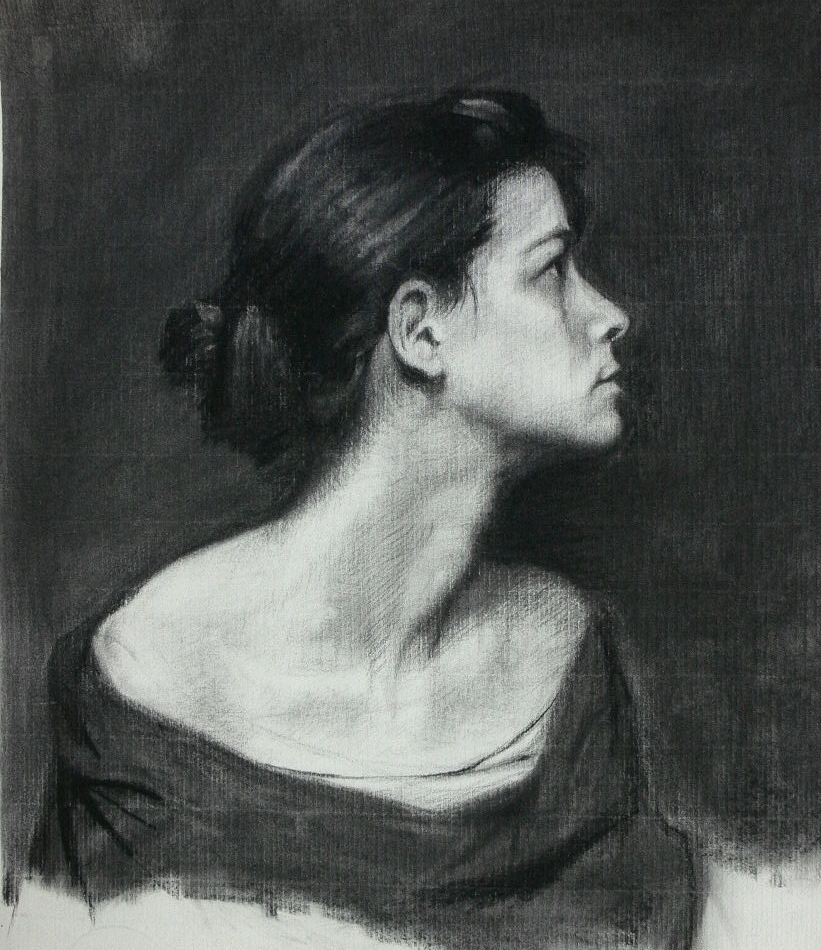
The first step, he explained, can be anything that takes me nearer to my final destination. If I wasn’t sure what to do, he told me to go and talk to working artists and to ask for their suggestions.
There are usually two approaches to following this path: either you learn the skills and then work out how to get paid for them; or, alternatively, you put yourself in the environment where people are doing it even if you are doing something different yourself. For example, he suggested that I might get a job in an art school as an administrator, or even a janitor if that’s what it takes! In my case, the first step turned out to be straighforward. All the artists I spoke to told me to start by enrolling for an evening class in life drawing at the local art school.
My experience since has been that I have always had enough momentum to encourage me to keep going. To illustrate, here’s what happened in that first period: the art teacher at Chelsea Art School evening class noticed that I liked to draw and suggested that I learn to paint with egg tempera.
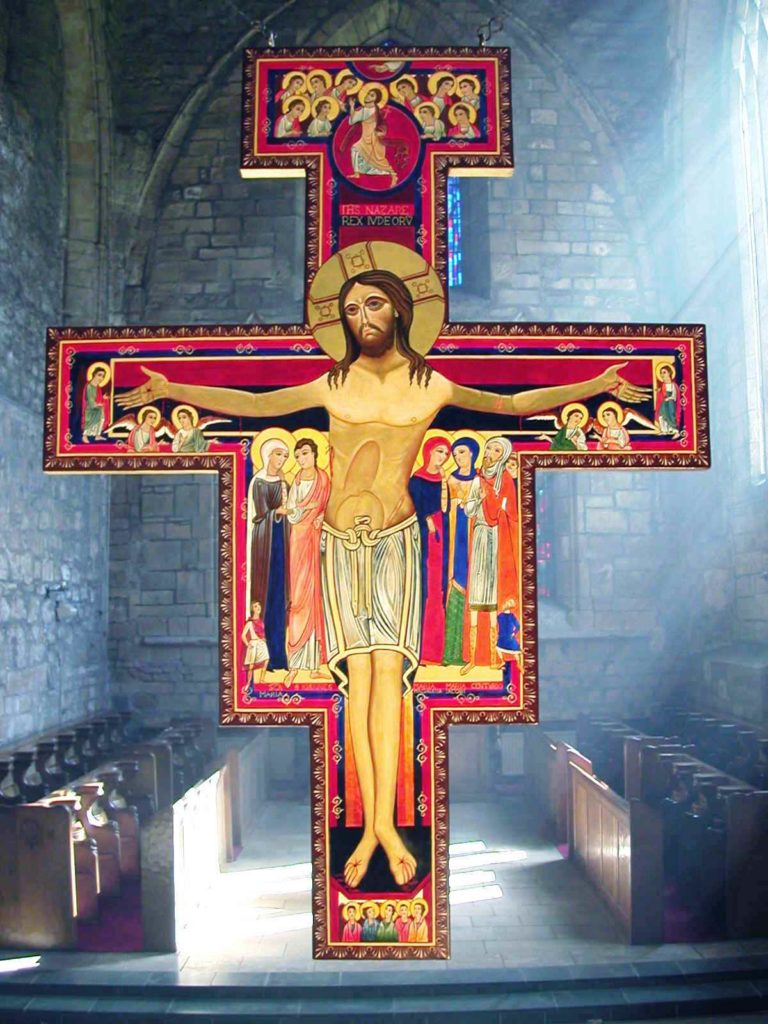
I was enthusiastic to do so and tried to master this strange new medium in which you put pigment into egg yolk, but struggled. I happened to mention this to someone who immediately said he know someone who painted in egg tempera and gave me the name of an Orthodox priest in England. So I wrote to him asking for help.
About a month later, I received a letter from someone else altogether (this was in the days when there was no email, and people actually put pen to paper and put it in an envelope with a stamp!). It turned out that the person I had written to was not an artist at all, and had know idea why I should write to him. But he did know someone who painted icons and passed my letter on to him. So the letter I received was from someone called Aidan Hart, who at that point I had never heard of before. Aidan wrote to me and very generously offered to teach me the basics if I wanted to go and stay with him for a weekend in Midlands. Up until this point I had never seen or even heard of icons, so this was to be my introduction to this traditional form of sacred art. Aidan eventually became my teacher and advisor and is known as one of the best icon painters of his generation. I am still friendly with him 30 years later. I am delighted to say that he is coming over from England to Princeton, NJ this coming April to be one of the main speakers at the Scala Foundation conference. I will have the honor of moderating a discussion on art and common good between him and the Canadian iconographer and icon carver, Jonathan Pageau. This is beyond anything I could have imagined when I met David all those years ago in London!
There have been many similar chance meetings similar to this since. And over the course of years my ideas about what I wanted to do became more detailed or changed. Each time I modified the vision statement accordingly, and then looked out for a new next step – when I realized that there was no school to teach Catholics their own traditions, I decided that I would have to found that school myself and then enlist as its first student. Later it dawned on me that the easiest way to do that was to learn the skills myself from different people and then be the teacher.
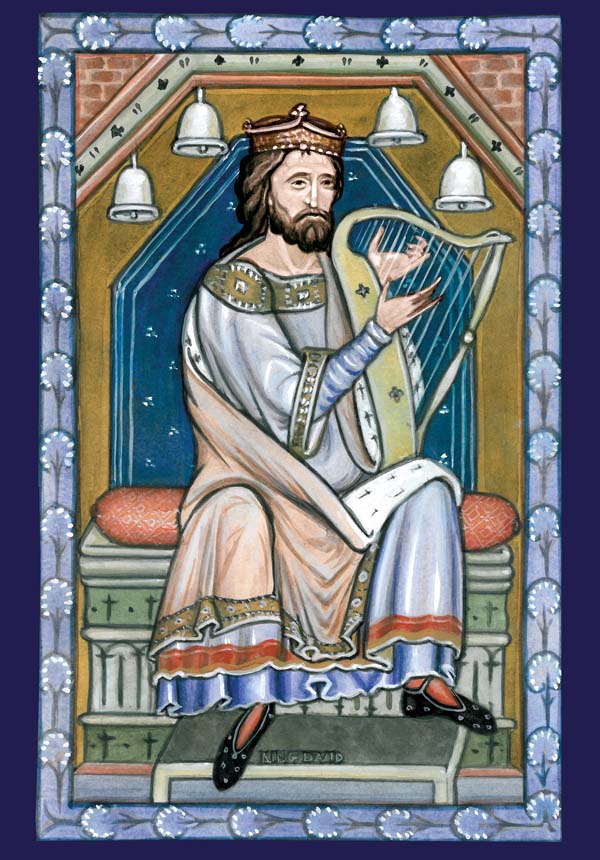
Nota bene, this is not the prosperity gospel! When we follow our dreams it is telling us what direction to move today. The outcome might be as we imagine, it might not – that is in God’s hands – but it will be good for us and the optimal path for our happiness. Having said that, it is amazing to me how often I have seen such desires come true for me and others. God can work miracles on our behalf if he wishes, but I can’t let my happiness depend on him doing what I want. David always stressed how important it was always to be grateful for what I have today while I am on the pilgrimage to my future. However, God is not controlled by me, but rather he loves me and gives what is good for me. Sometimes, he permits evil, injustice and suffering in this world, because he knows that a greater good can come from it, and that if we cooperate with his grace, he gives us a consolation that is deeper and greater than any suffering. Striving for my wildest dreams might result in them happening, or perhaps something even greater, or it might not; but the guarantee is that by following the calling as best we can, we will be given a good and happy life even in the face of adversity.
He told me also, that unless I cultivate gratitude for the gifts that God is giving me today, then I would be in a permanent state of dissatisfaction. In which case, even if I got what I wanted I wouldn’t be happy. This gratitude should start right now, he said, with the life you have today. Aside from living the sacramental life, he told me to write a daily list of things to be grateful for and to thank God daily for them. Even if things weren’t going my way – which happens of course! – there were always things to be grateful for, and I should develop the habit of looking for them and praising God for his gifts.
He also stressed strongly that I should constantly look to help others along their way. In fact, the one condition that he help me was that I be ready to pass on to others what he was giving me. I responded to this by writing the book The Vision for You – How to Discover the Life You Were Made For – which contains a detailed account of the spiritual exercises that he give me.
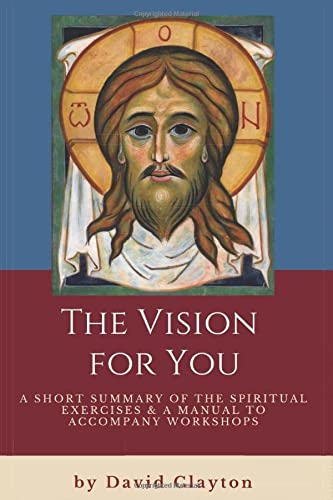
As time progressed I met others who seemed to understand these things. So just in case I was being foolish I asked for their thoughts. First was an Oratorian priest. He asked me for my reasons for wanting to be an artist. He listened to my response and then said that he thought that God was calling me to be an artist. Some years later, I asked a monk who was an icon painter. He asked me the same questions as the Oratorian and then gave the same answer. The third was a priest at the Duomo in Florence who as an expert art historian who said the same.
What was interesting about all three people was that none of them asked what seemed to be the obvious question: ‘Are you any good at painting?’ I asked the monk/artist why and he said that you can always learn the skills to paint, but in order to be really good at what you do you have to love it.
I had approached the Florentine priest to ask for advice in creating an art school. After I listening to my description of what I wanted to do he remarked that he thought that it was my vocation to try to establish this school in service of the Church. He then said something else that I found interesting. He warned me that I couldn’t be sure that I would ever get this school off the ground but he was certain that I should try. As I did so, he said, my activities along the way would attract people to the Faith (most likely in ways unknown to me). And this, he said, is my vocation, as it is with all people – to evangelise the world by striving to do what I love to do.
David Clayton is Scala Foundation’s Artist in Residence and Provost of Pontifex University which offers the unique program the Master of Sacred Arts. His book The Vision for You – How to Discover the Life You Were Made For is available here. Feel free to contact David on davidicons@gmail.com for information about free mentorship.
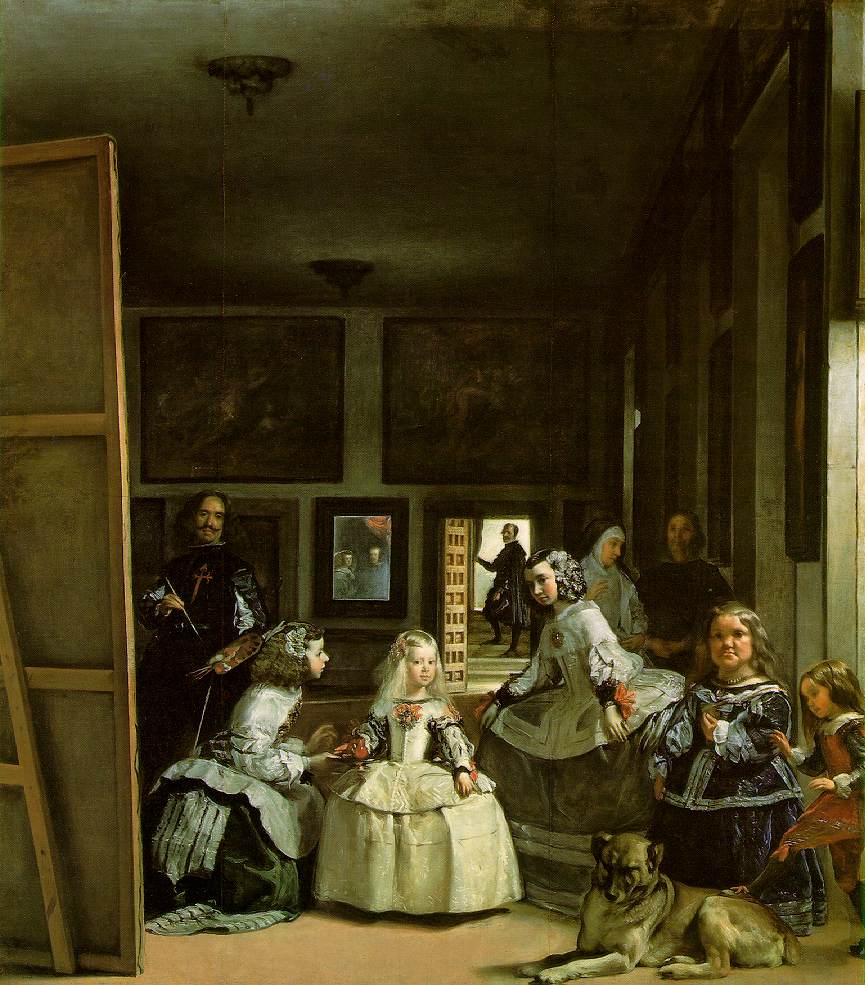
From the Art Education | Beauty | David Clayton | Sacred Art | Spiritual exercises | Spirituality | The spirituality of artists | Vocation series
View more Posts